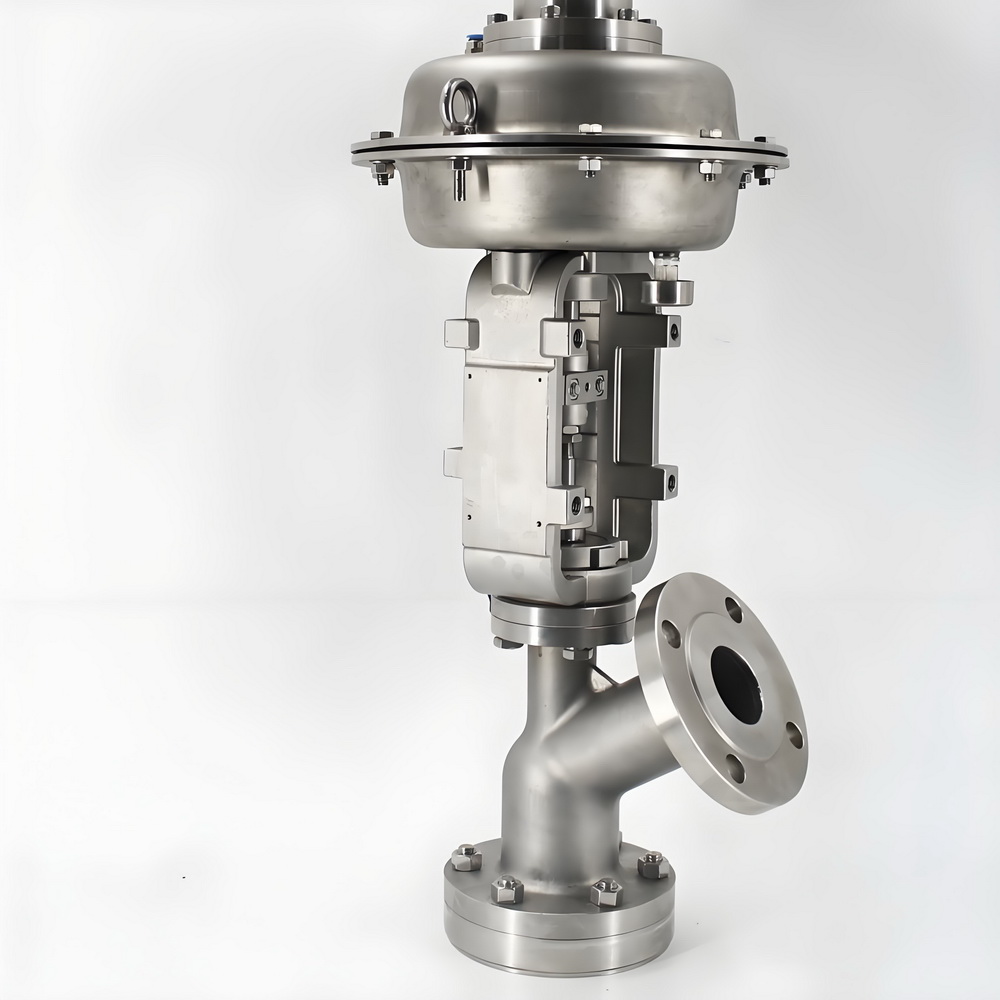Cleaning and Maintenance: Maintenance Strategies and Common Misunderstandings for Upper and Lower Expansion Discharge Valves

"Cleaning and Maintenance: Maintenance Strategies and Common Misunderstandings for Upper and Lower Expansion Discharge Valves"
1、 Introduction
As an indispensable equipment in industrial production, the correct cleaning and maintenance of the up and down expansion discharge valves are crucial for ensuring stable equipment performance and extending its service life. However, in practical operation, many operators have misconceptions about maintenance work due to a lack of professional knowledge or neglect of details. This article will provide a detailed introduction to the maintenance strategies of the up and down expansion discharge valves, and point out common misconceptions to help operators better clean and maintain the equipment.
2、 Maintenance strategy
Regular cleaning: Regular cleaning is the key to maintaining stable performance of the discharge valve. Operators should regularly clean the surface of the valve of dust, oil, and other debris to ensure a clean appearance of the valve. At the same time, it is necessary to clean the inside of the valve to remove residual media and impurities, and maintain the smoothness of the valve.
Lubrication and maintenance: According to the requirements of the equipment manufacturer, replace vulnerable parts regularly and lubricate and maintain the equipment. Lubrication can reduce friction and wear during equipment operation, and improve equipment efficiency. During maintenance, attention should be paid to checking whether the fasteners of the equipment are loose. If there is any looseness, it should be tightened in a timely manner.
Inspection and adjustment: Regularly check the sealing performance of the valve, and promptly handle any leaks found. At the same time, it is necessary to check whether the valve operates flexibly, and adjust it if there is any jamming phenomenon. For pneumatic operated discharge valves, it is also necessary to check whether the air source pressure is stable to ensure the normal opening and closing of the valve.
3、 Common misconceptions
Neglecting cleanliness: Many operators believe that as long as the equipment can operate normally, regular cleaning is not necessary. However, long-term non cleaning can lead to the accumulation of a large amount of impurities and residues inside the valve, affecting its normal operation and performance.
Improper lubrication: Excessive lubrication or selecting unsuitable lubricants can cause damage to the equipment. Excessive lubrication can lead to grease accumulation, affecting the normal operation of the valve; Choosing unsuitable lubricants may lead to increased equipment corrosion or wear.
Neglecting inspection and adjustment: Some operators believe that as long as there are no obvious faults in the valve, there is no need for inspection and adjustment. However, the performance of valves may gradually decline due to long-term use, and if not checked and adjusted in a timely manner, it may lead to equipment failure or affect production efficiency.
4、 Conclusion
Proper cleaning and maintenance are the key to the long-term stable operation of the upper and lower expansion discharge valves. Operators should strictly follow the maintenance strategy and avoid common misunderstandings. Through scientific and standardized maintenance work, it is possible to ensure the stable performance of equipment, extend its service life, and provide strong support for enterprise production.
Please note that the maintenance strategy and error analysis provided in this article are based on current general equipment maintenance knowledge and experience. In practical operation, adjustments and improvements should also be made based on factors such as specific equipment models, specifications, and usage environments. Meanwhile, for issues involving specific equipment operations, it is recommended to consult professional equipment maintenance personnel or manufacturer technical support personnel.












